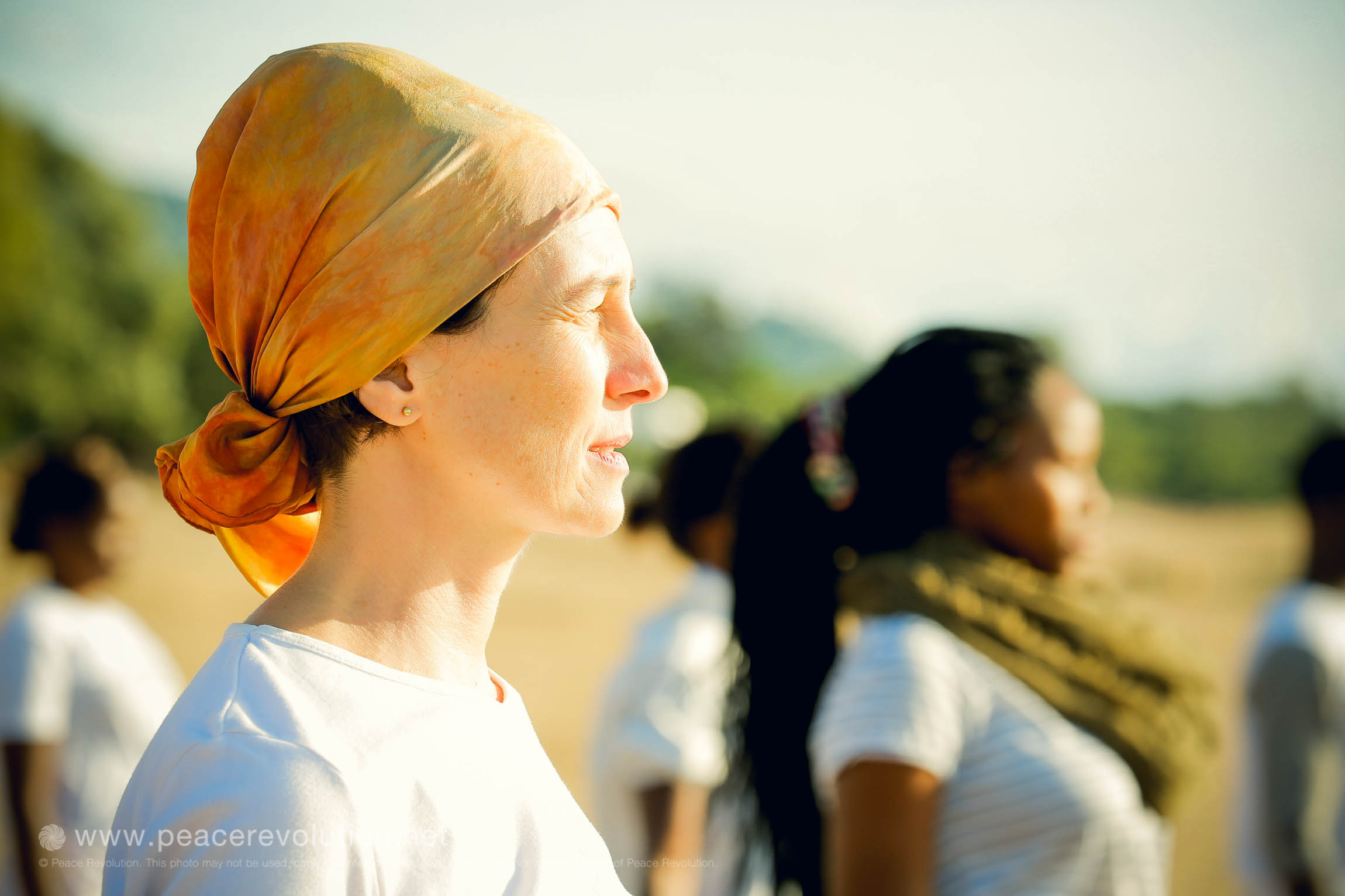What happens if we understand obstacles as an essential part of our spiritual path? Then, how to learn to forgive if nobody hurts us? How to love even the “enemy” if we did not meet it yet? How to practice acceptance if everything seems so easy in life? The ones that are in this path know that obstacles are difficulties on the way – so that we can learn, observe and contemplate them. Then, with time, one can see the message: transformation and growth.
One of my masters used to say that the most painful things in his life were the ones that he was grateful the most. Without them he wouldn’t be in this path, without them he wouldn’t learn how to forgive, how to love and how to serve.
In this article of Lions Roar the author explores the path through obstacles in meditation. What are the obstacles? Why do they appear? Which is the antidote?
There are diverse types of obstacles:
Outer obstacles: being busy, overly involved with family, a hobby or any kind of entertainment can take us time to practice;
Inner obstacles: The most important one is concept. If we stay in theory part and conceptualization of ideas, even if they are about meditation, and not in our meditation practice, our mind will wonder continuously and our practice will be stacked.
Another secondary inner obstacle is emotions. Obvious, negative emotions will disturb our practice.
Secret level: When we have doubts about the dharma, our mind is not completely committed to the practice.
General level: Obstacles are related to our karma. Which are the conditions and environment that we put to our practice and ourselves? Who are our friends? What are our regular activities? Are they healthy? Do we practice compassion? Do we kill living beings easily?
There are also diverse types of antidotes:
Basic level: Mindfulness
“When we’re arrogant and cavalier, taking for granted the details of our body, speech, or mind, an obstacle arises. Then we wonder what happened. At whatever level we are practicing, we need to pay attention to our life and appreciate it.”
Inner level: Practice. Breath and keep your concentration in the present moment and on what is happening to yourself.
External level: Inspiration. This will be higher and most important than being busy, distracted or lazy.
“With mindfulness, awareness, and certainty in the view, we are able to have purpose in our practice and deep confidence in the path. These qualities bring a sense of happiness and satisfaction to whatever we are doing. (..) Practising regularly, cultivating peace and loving-kindness, and renewing our inspiration are the key elements in working with obstacles. This step-by-step approach gradually builds equanimity.”







